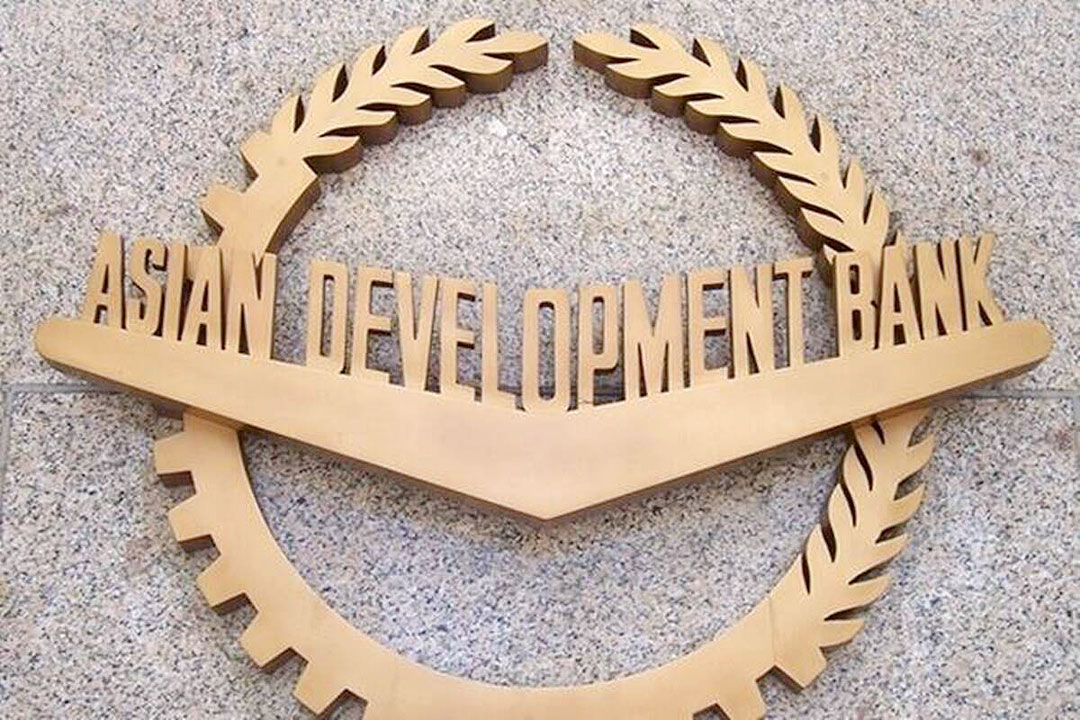A NETWORK of civil society groups said the Asian Development Bank’s (ADB) updated climate financing target of $100 billion is “un-ambitious,” adding that the eligibility requirements for projects to be funded are vague.
The banks’ new financing target is an upgrade from its previous goal of $80 billion. The new target covers the years 2019 to 2030.
“A commitment of $10 billion per year with ambiguous benchmarking standards can hardly be called ambitious,” NGO Forum on ADB Energy Policy and Campaigns Strategist Tanya Lee Roberts-Davis told BusinessWorld in an e-mail over the weekend.
“Combined with the remaining billions of dollars disbursed to borrowing member countries by the ADB, clearly therefore not classified in their portfolio as ‘green’ or climate-aligned, it can only be concluded that the bank is contributing to undermining rather than upholding a forward-looking approach towards limiting temperature rise to 1.5 Celsius,” she said.
The ADB has yet to disclose the screening criteria for projects eligible for its climate fund, Ms. Davis said.
She added that the bank has “not yet ruled out support for infrastructure associated with coal, oil or gas facilities, waste incinerators and mega-dams.”
Meanwhile, nongovernment organization (NGO) Institute for Climate and Sustainable Cities (ICSC) welcomed the scaling up of climate financing, but noted that the new total is inadequate for addressing climate change in member countries.
“It is not enough… The climate finance needs of the bank’s DMCs (developing member countries) are far greater than $100 billion. For climate finance to be sufficient, it will require blending and leveraging, both of which can be potentially catalyzed by ADB’s commitment,” ICSC’s Deputy Executive Director and Climate Finance Lead Angelo Kairos T. Dela Cruz told BusinessWorld in an e-mail interview last week.
Blended finance uses public or philanthropic capital to spur private sector investment.
In theory, the bank’s decision to ramp up its climate financing will allow member-countries to tap into “bigger, more predictable, and steady financial flows,” according to Mr. Dela Cruz.
ADB Special Advisor for COP26 Warren Evans said the additional $20 billion worth of climate financing will mainly go to helping member-countries improve their climate resilience; accelerate investments in clean power and energy efficiency; and facilitate reforms to help some nations implement their nationally-determined contributions.
“It is not necessarily about having additional financial resources, but more so about finding opportunities to incorporate climate solutions in investments,” he told BusinessWorld in an e-mail through the bank’s communications department.
The bank has said climate mitigation initiatives over the next decade are expected to take up $66 billion of its total climate financing target. Meanwhile, climate adaptation projects will account for the remaining $34 billion.
“As DMCs strengthen their climate ambitions… we see vast opportunities for investments in climate mitigation [and in] providing significant new and additional climate finance,” Mr. Evans said. — Angelica Y. Yang
